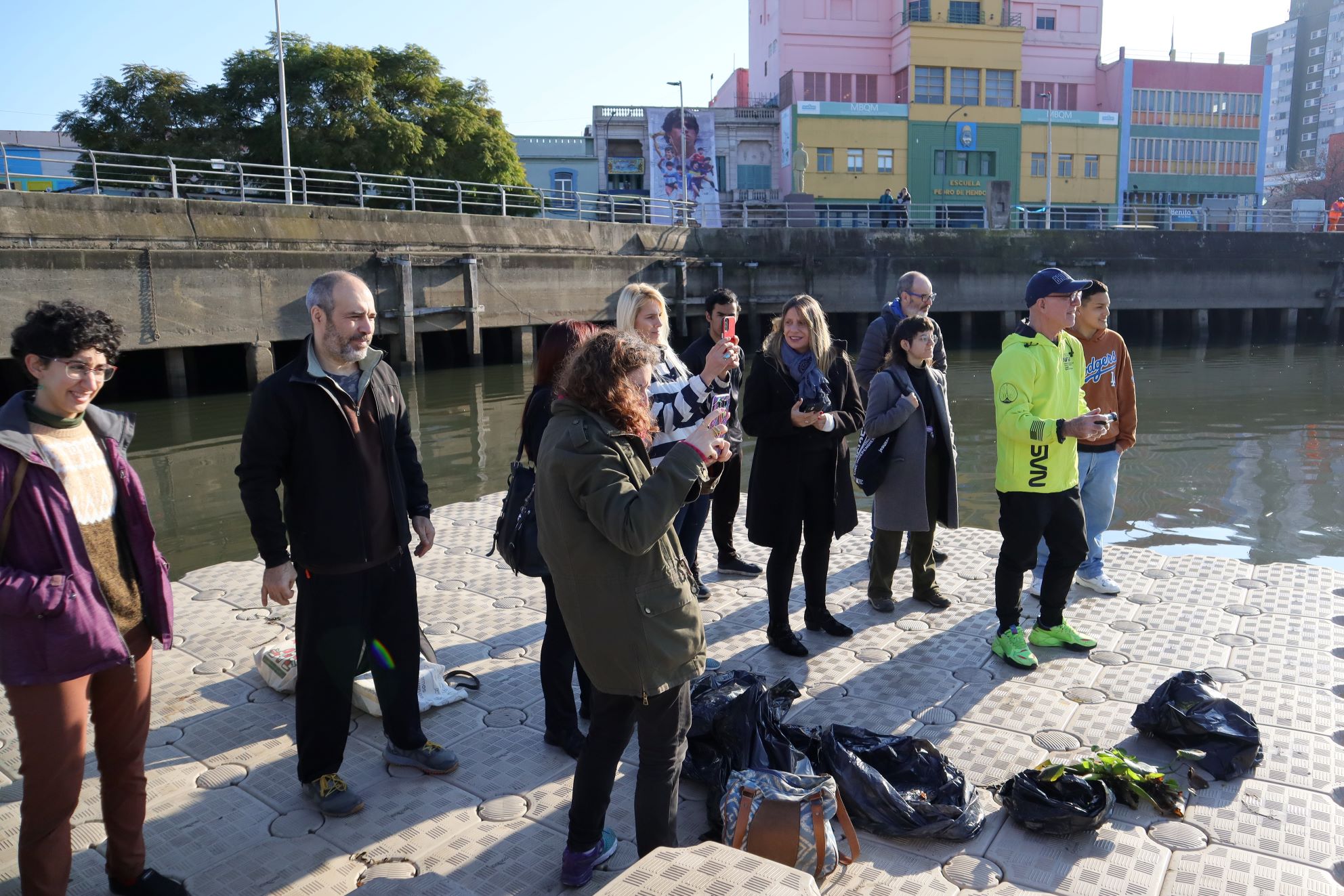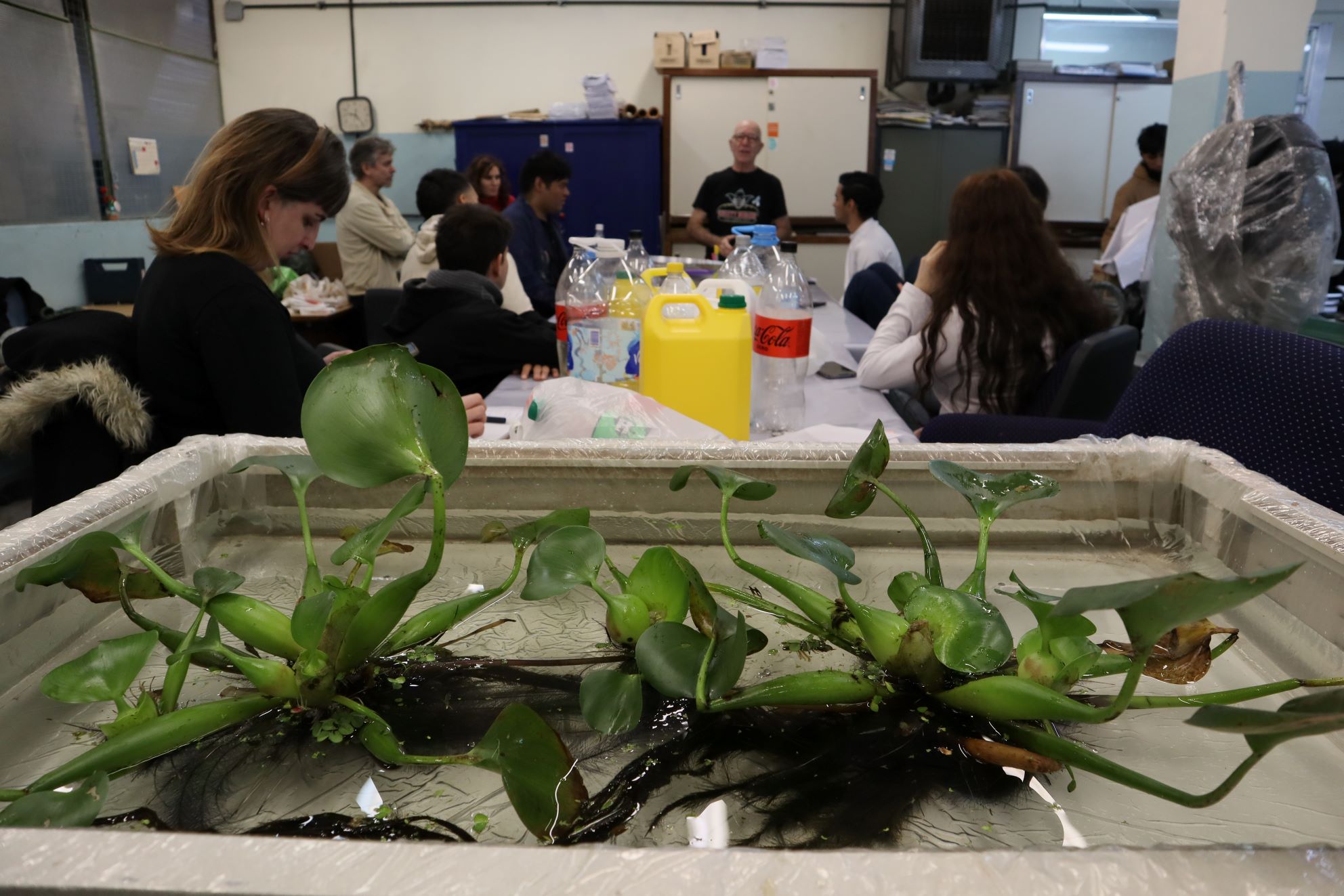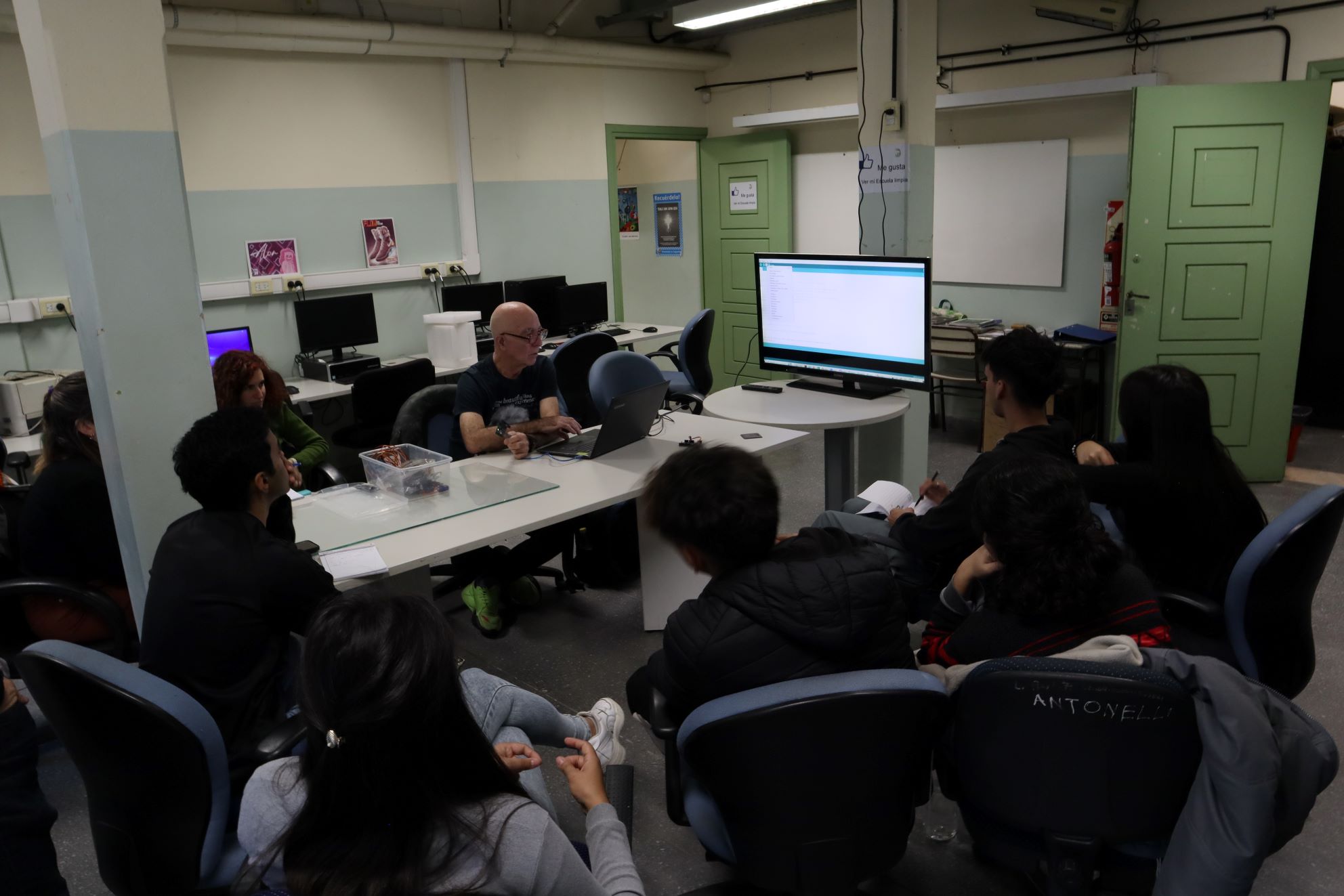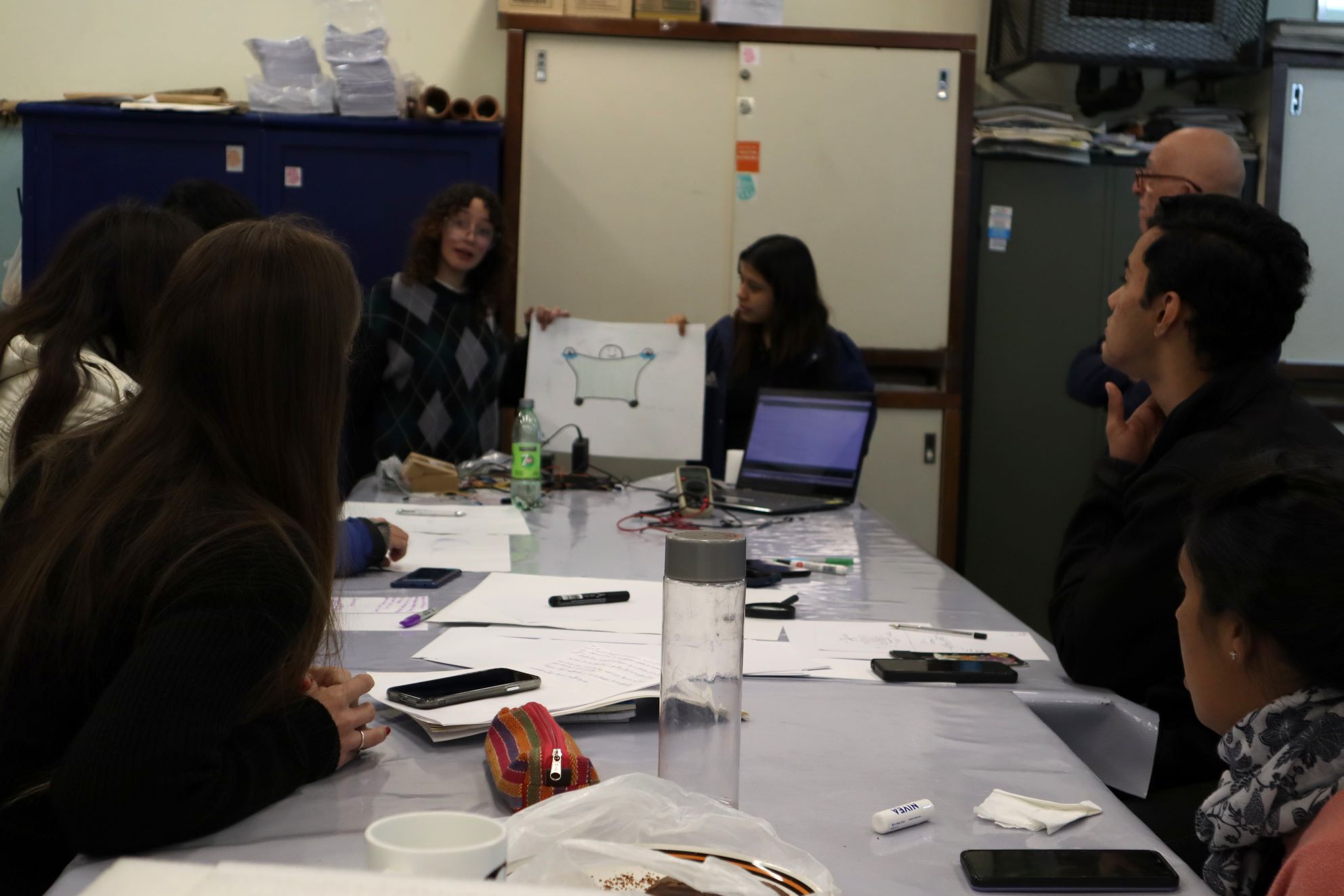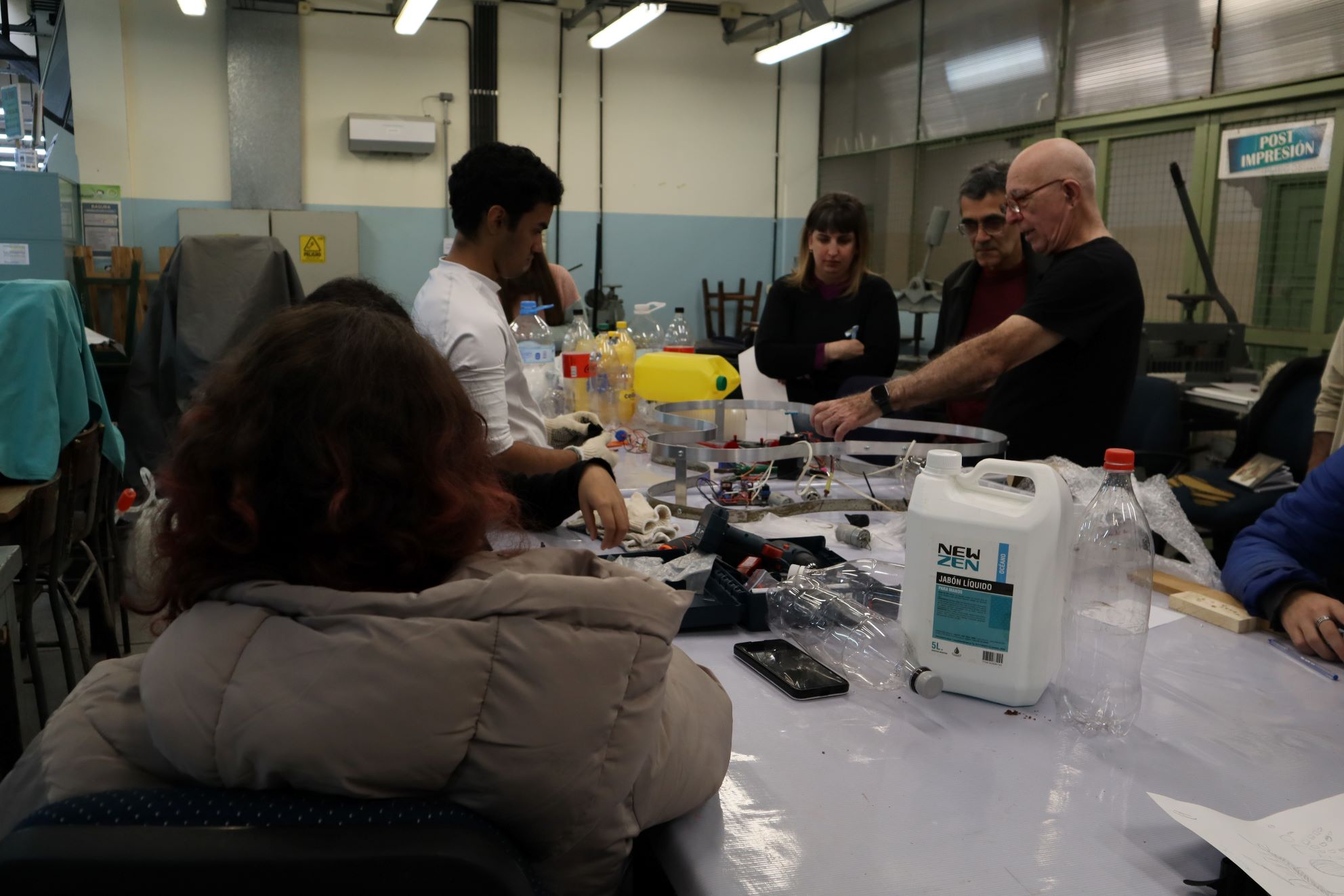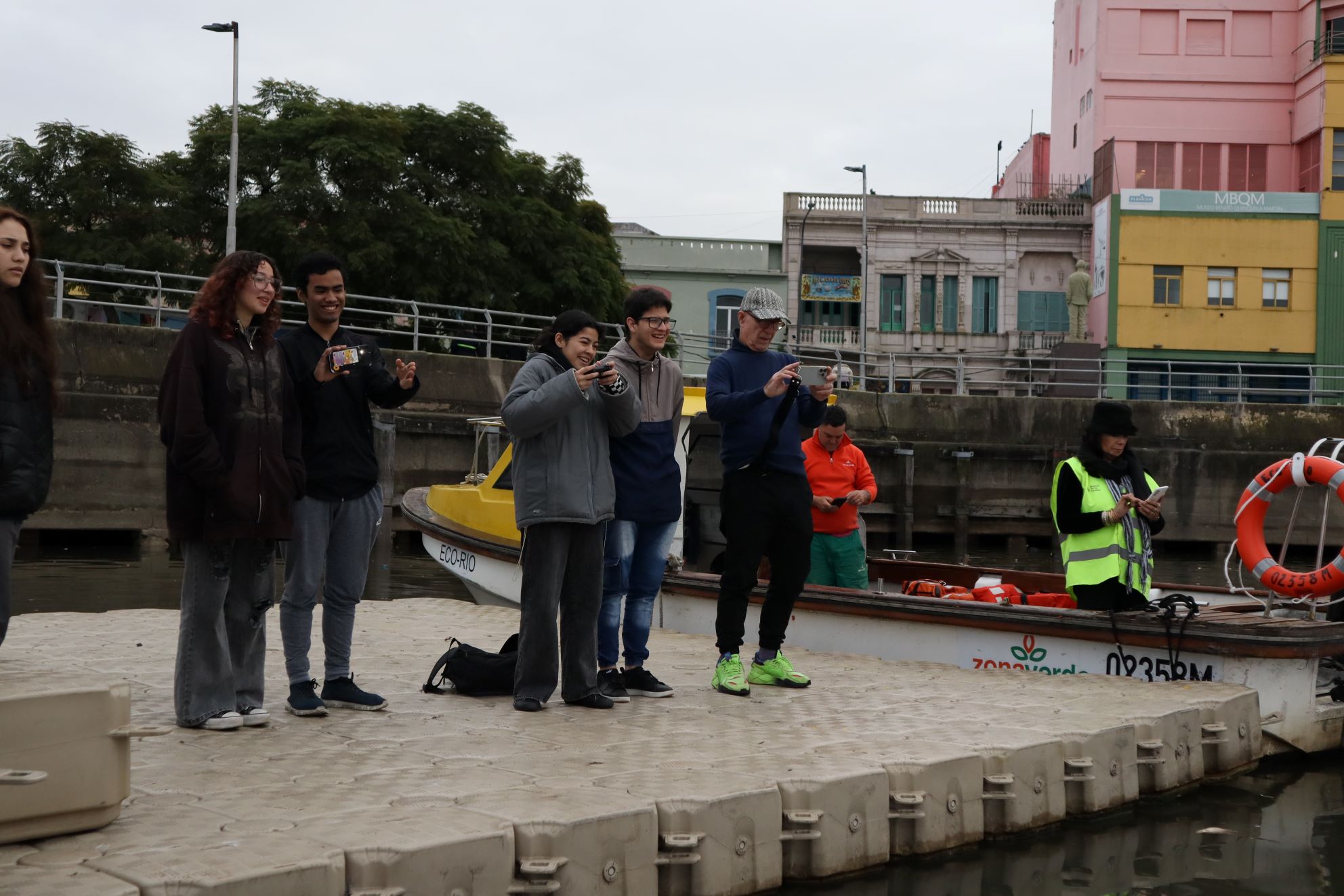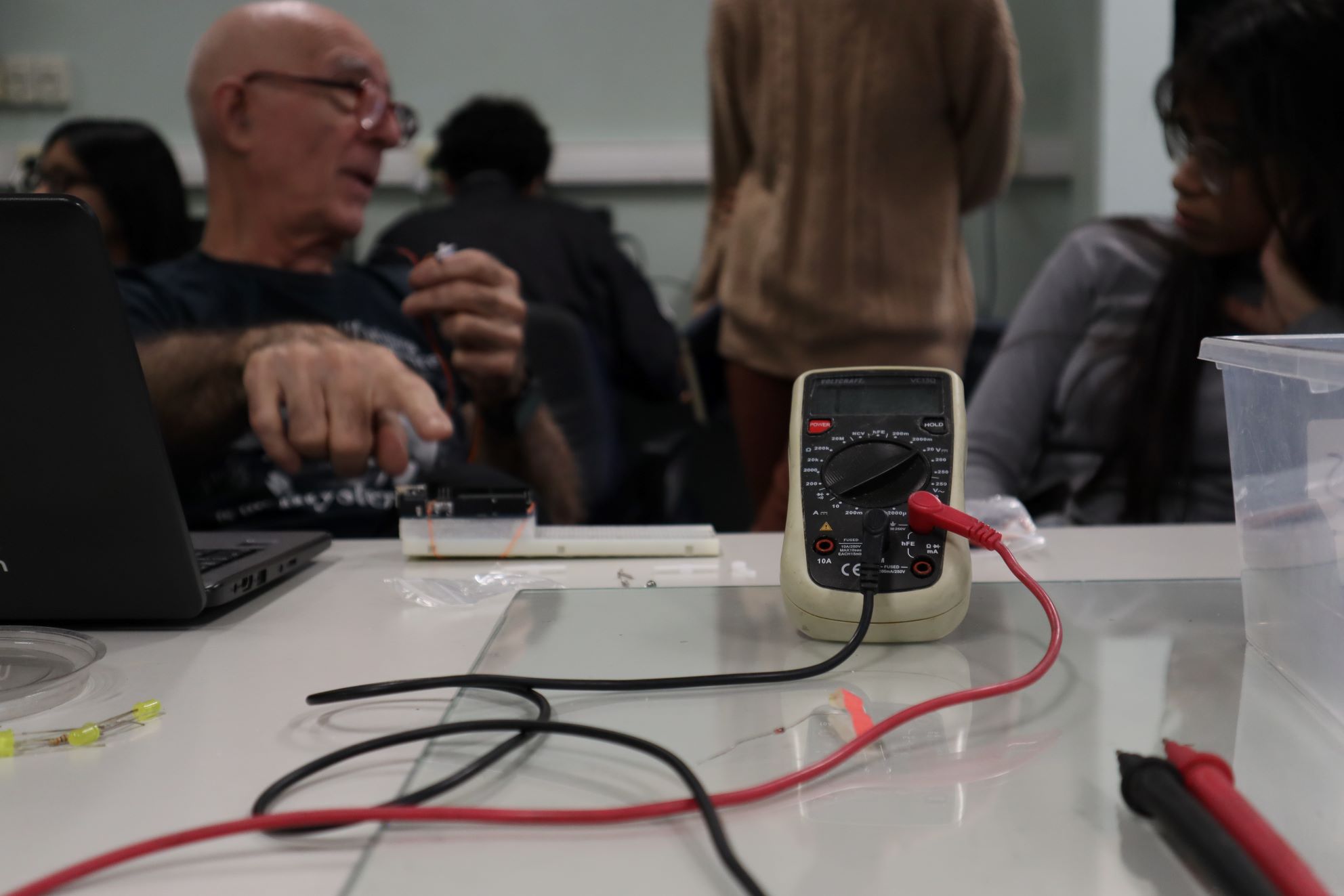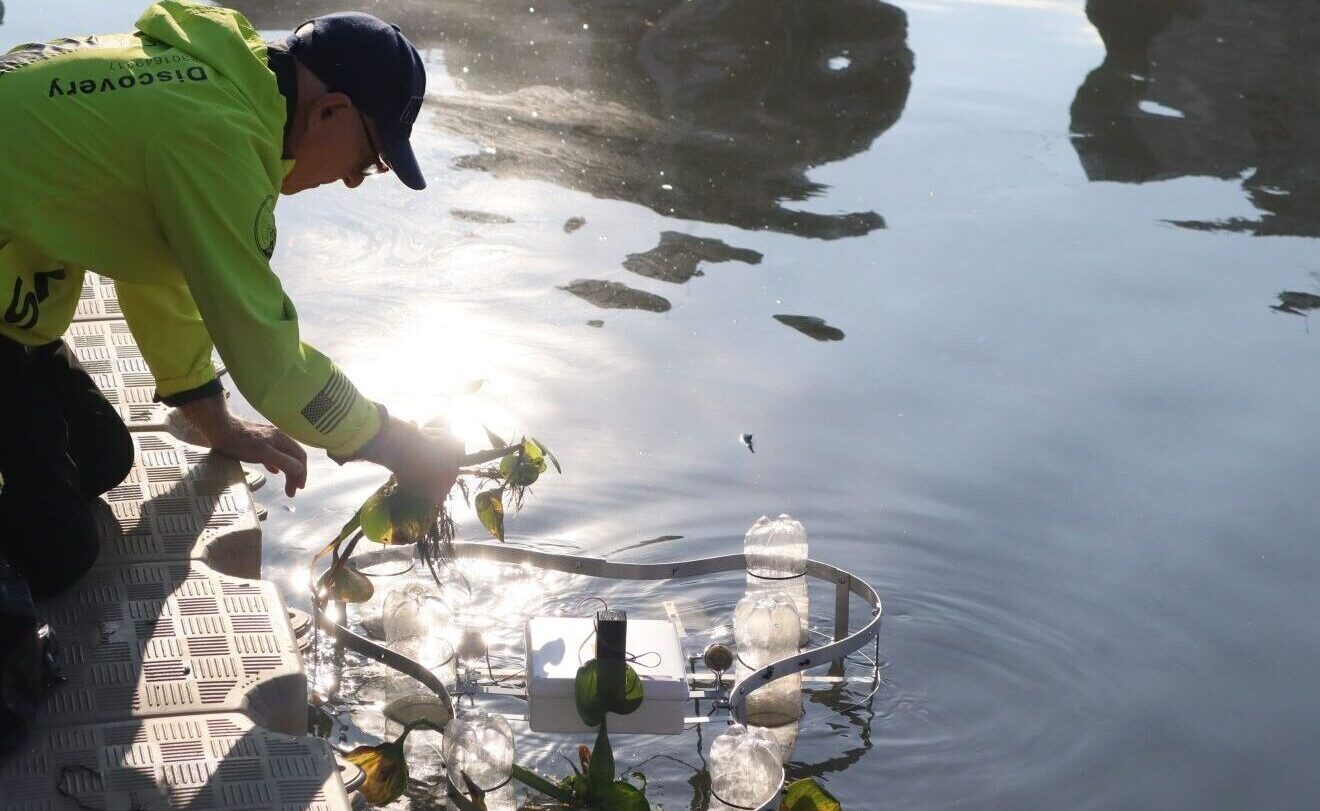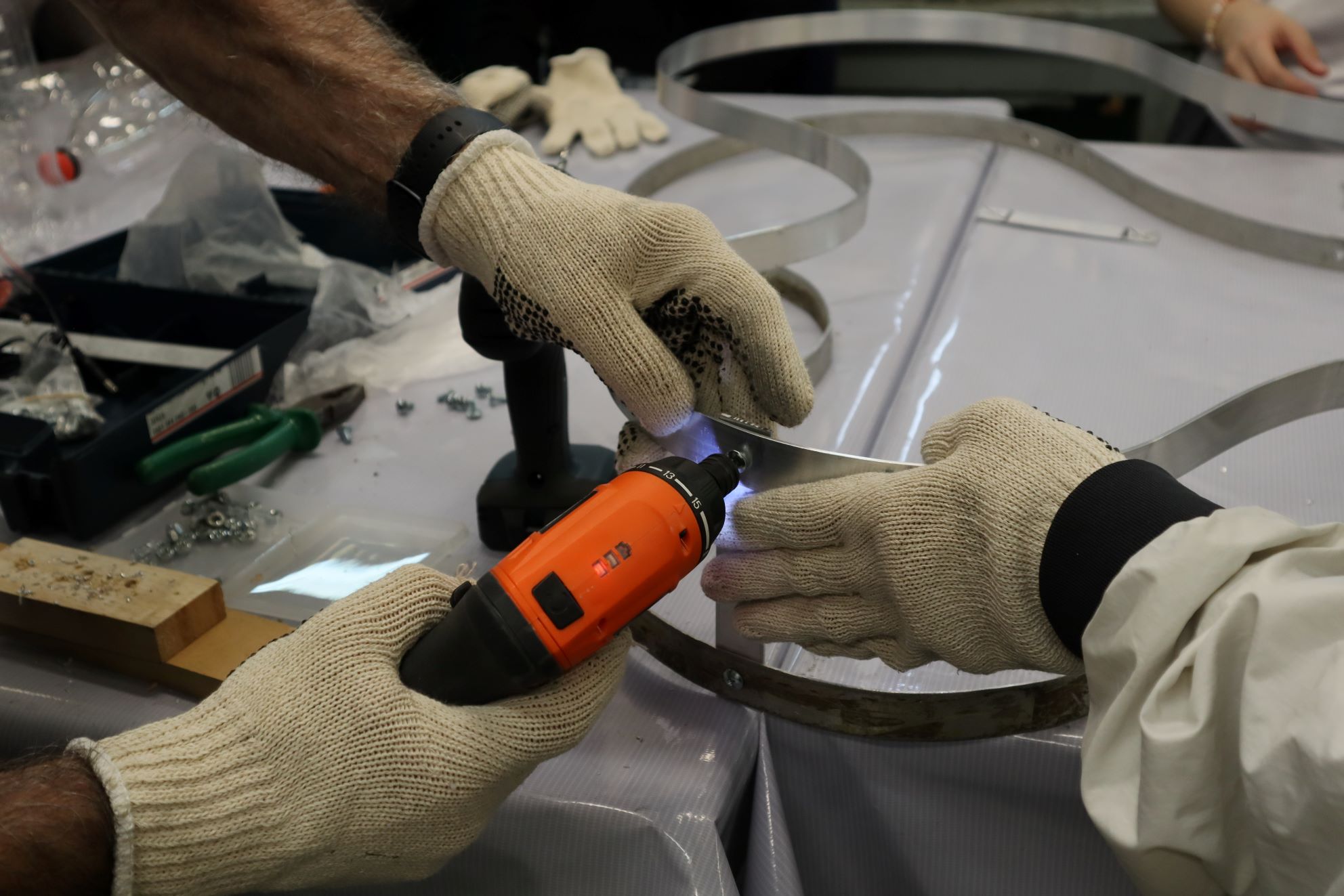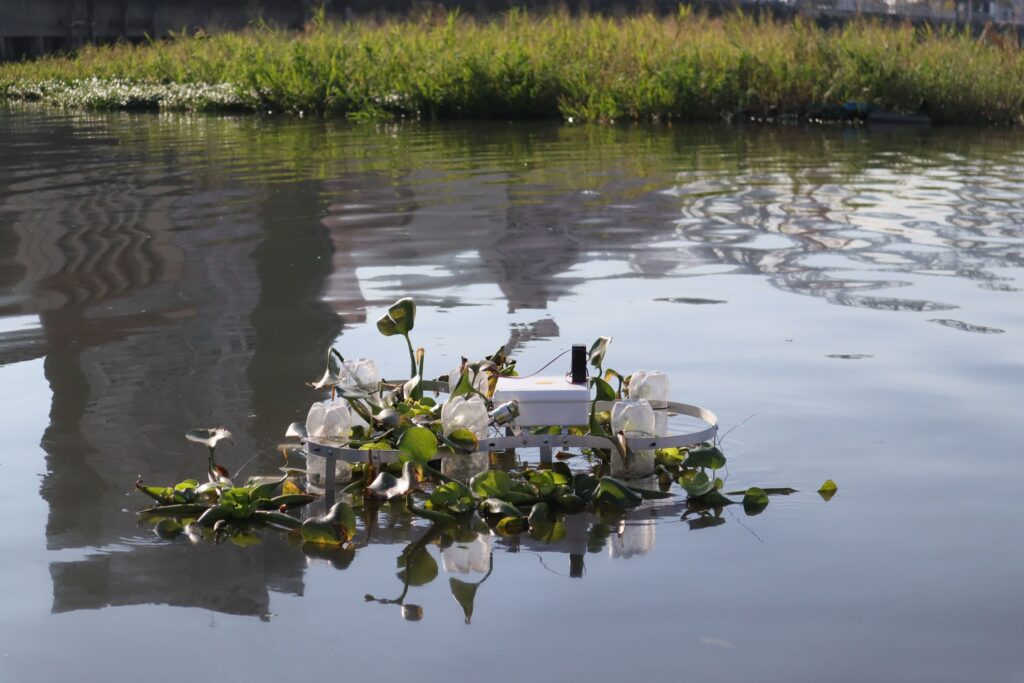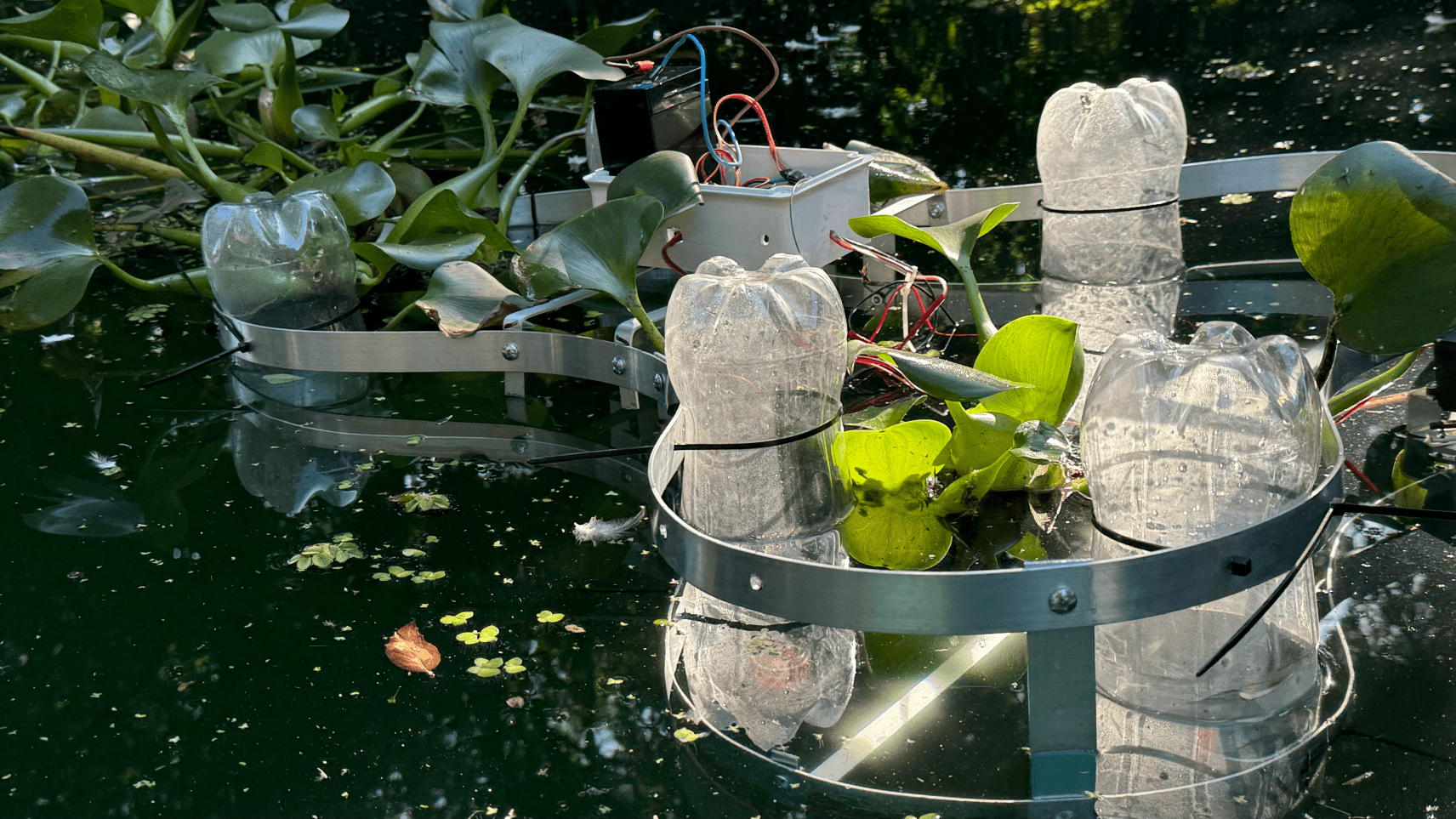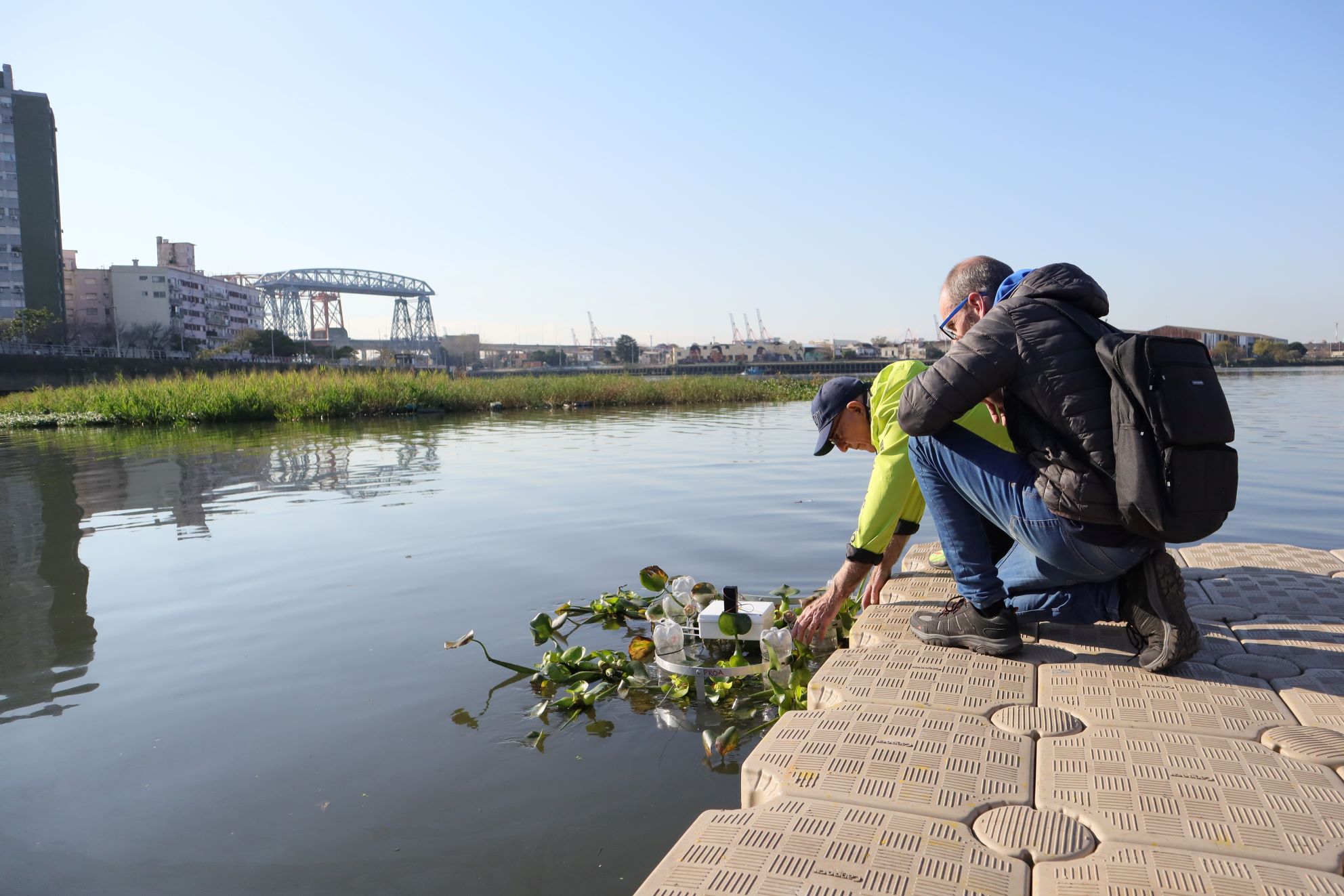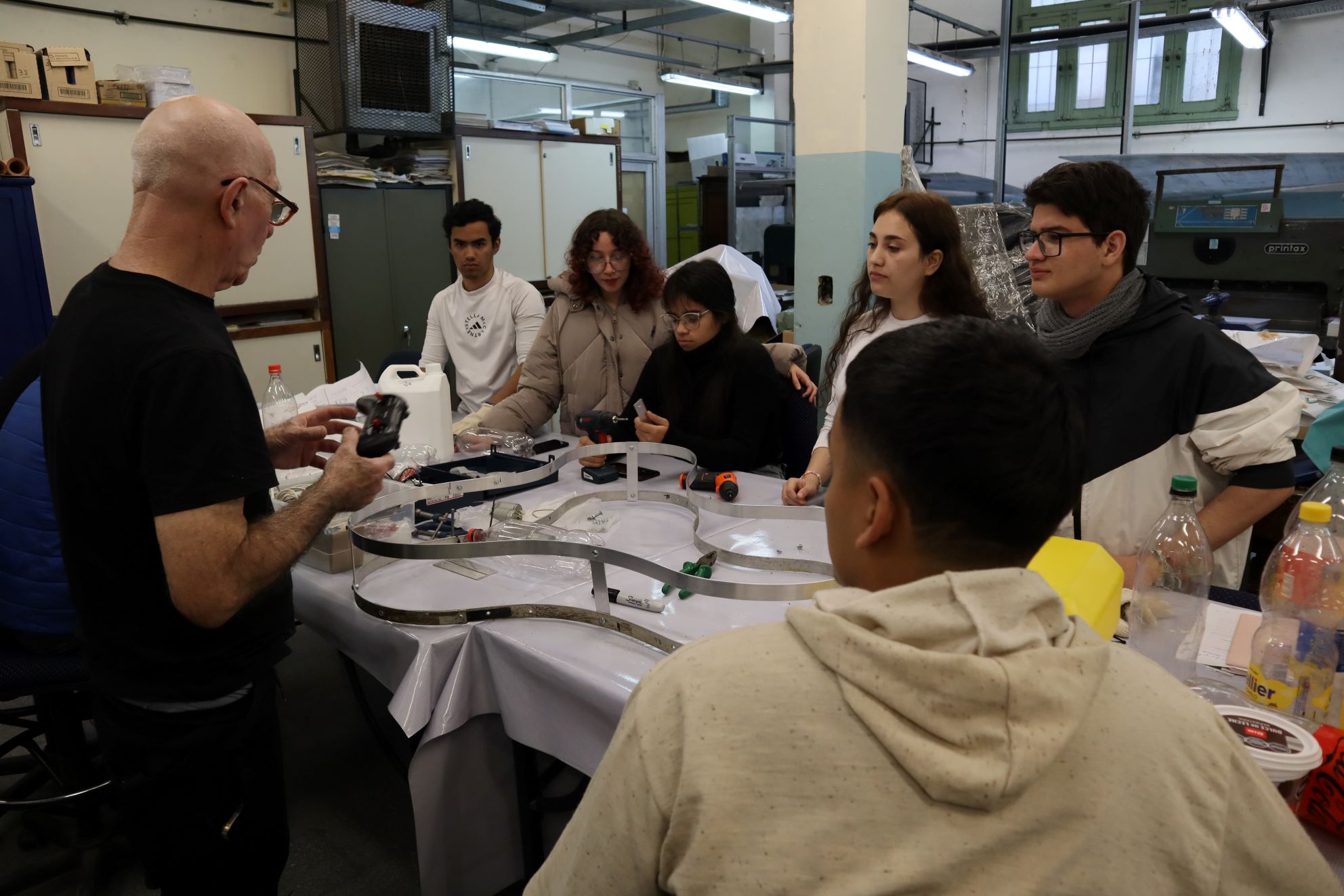“Only dead fish and dry leaves follow the current”
Buenos Aires Looks to the Riveris an educational art project based on a series of aquatic robots composed of a collection of plants that challenge the current and navigate upstream in search of origins.
As Martín Kohan points out in his text “El Riachuelo” (Cuadernos LIRICO, p. 1, 2018), “The Riachuelo is a stream relative to the larger river, which is the Río de la Plata. When it is commonly said that ‘Buenos Aires turns its back on the river,’ implying the little connection and interaction with it, it is automatically assumed that the river in question is the Río de la Plata. This demonstrates that the river truly omitted, genuinely forgotten, the river Buenos Aires actually turns its back on, is none other than the Riachuelo.”
This project proposes connecting the communities of the Matanza-Riachuelo basin through artistic-technological pieces (floating cyborgs) that monitor the river’s environmental conditions and promote its decontamination. These cyborgs will be interconnected and under the care of the schools near the basin that participate in the project.
Each artistic piece will measure different parameters indicating water quality: pH, oxygen, and temperature, constituting nodes of a monitoring network.
The devices will be powered by solar panels and will feature light signals of different colors to identify the variables, with shades and intensities according to the river’s pollution level. Additionally, they will have a GPS navigation system and cameras to capture images from the robot itself.
Lastly, they will be integrated with floating aquatic plants and algae that help purify the water.
The first floating cyborg is being developed in conjunction with the Benito Quinquela Martín Museum, the Graphic Arts Technical School No. 31 Maestro Quinquela, and Green Schools of the City of Buenos Aires.
Joaquín Fargas provided students with an introduction to Arduino-based robotics, showing the various tools that can be used for creating and functioning a robot.
Two navigations on the Riachuelo were conducted with the students and teachers of the school, the Quinquela Museum team, and CCEBA, to test the robot’s floatability and directionality.
Once the project’ s first stage is completed, the second stage will begin with the Cultural Center of Spain in Buenos Aires (CCEBA). Schools near the Matanza-Riachuelo basin will be selected, and kits and instructions will be distributed for assembling the next floating cyborgs.
The pieces are interconnected through mobile devices, and the information can be accessed via an app that facilitates collaborative work and participation in discussion forums.
The project also includes the participation of the Matanza Riachuelo Basin Authority (ACUMAR), providing logistical support and promoting outreach activities.
